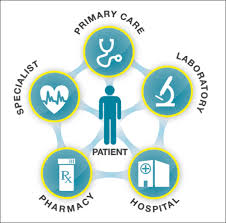
记忆方法
记忆“hie”这个单词,可以采用“场景联想法”。想象一个场景:一只鸡(“hen”的简化形式)因为跑得太快而发出“hie hie”的声音。通过这样的画面联想,可以帮助记忆“hie”这个词的意思,它表示急忙或匆忙地走。
以上内容由AI生成, 仅供参考和借鉴
中文词源
hie 疾行,快走
来自古英语higian,努力,加速,来自Proto-Germanic*hig,喘气声。
英语词源
- hie (v.)
- Old English higian "strive, hasten," originally "to be intent on," from Proto-Germanic *hig- (cognates: Middle Dutch higen "to pant," Middle Low German hichen, German heichen). Related: Hied; hies; hieing.
权威例句
- 1. Conclusion: BEAM is sensitive observation index of cerebral functions in newborn HIE.
- 结论: BEAM是观察新生儿HIE脑功能状态的敏感指标.
- 2. Conclusion CT diagnosing HIE is value , but should be unite clinical.
- 结论CT诊断HIE较有优势, 但应密切结合临床.
- 3. Conclusion � � Ep may be a pathogenic factor of HIE.
- 结论β?Ep参与了HIE病理生理过程.
- 4. Objective : To investigate the role of carbon monoxide ( CO ) and nitric oxide ( NO ) in the pathogenesis of neonatal hypoxic - ischemic encephalopathy ( HIE ).
- 目的: 探讨一氧化碳 ( CO ) 和一氧化氮 ( NO ) 在新生儿缺氧缺血性脑病 ( HIE ) 中的作用.
- 5. It is still in the primary stage of the penumbra study in neonate with HIE.
- 对于新生儿HIE中半暗带的研究,现还处于初级阶段.
